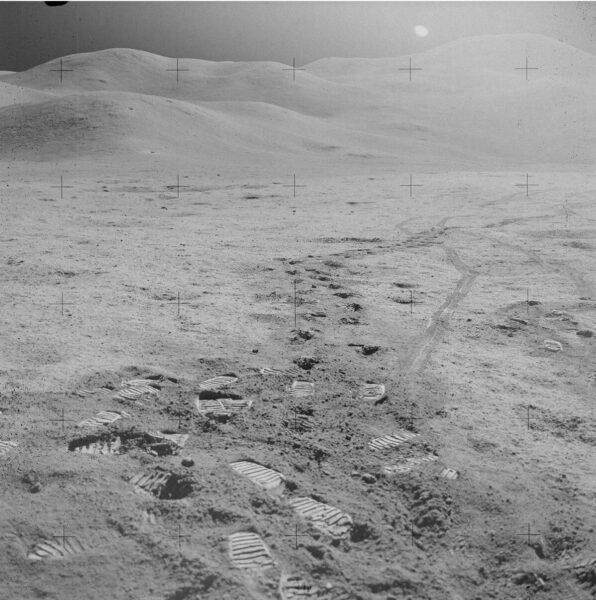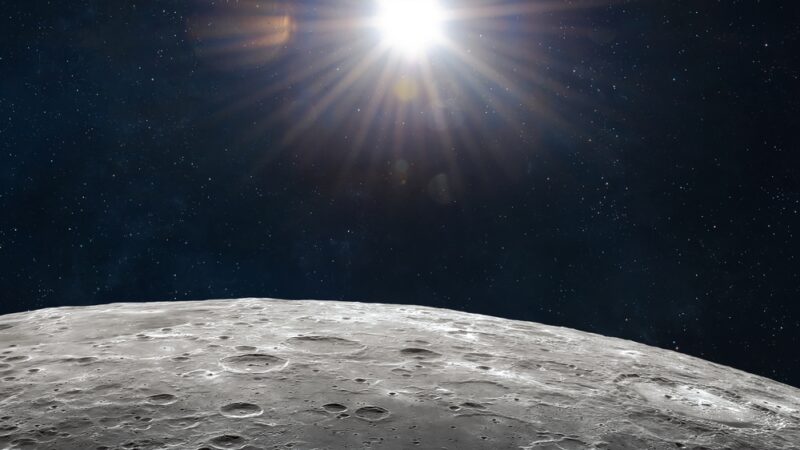The Moon has a little-known companion — a slightly lopsided dust cloud that never leaves its side. The cloud leans toward whichever side of the Moon happens to be facing the sun. After years of wondering, scientists think they have finally figured out what the cloud is and how it got its wonky shape.
Micrometeoroids constantly strike the surface of the Moon. These are tiny bits of rock around 1mm in diameter that hurtle through space at high speeds. Several tons of this cosmic dust hit the Moon every day. The constant bombardment turns the small surface rocks into dust, forcing this lunar powder into the air. As it rises, it forms a huge cloud above the Moon.
Though the cloud stretches for hundreds of kilometers, you can’t see it with the human eye.
“The maximum density measured was only 0.004 particles per cubic meter,” Sebastian Verkecke, lead author of the new study, told Live Science. The density is not evenly spread throughout the cloud. It is always denser on the Moon’s daytime side, especially at the dawn terminator — the line between light and darkness on the lunar surface.

Most of the lunar surface is covered in regolith — a mixture of dust and tiny rocks. Meteoroids bombarding the Moon lift some of this material, creating a cloud. Image: NASA
Researchers think the cloud is so lopsided due to the huge temperature fluctuations on the Moon. During the day, it can reach 285˚C, while nights can drop to -183˚C.
To test their hypothesis, they ran computer simulations of micrometeoroids hitting the lunar surface at different temperatures to mimic night and day on the Moon. The models showed how both dust and regolith responded.
The results showed that heat makes a big difference. When the surface is warmer, the impacts blast more dust into space and send it higher. The compactness of the lunar soil also matters. Tightly packed surfaces released more dust when struck, while fluffier, looser surfaces tended to absorb more of the impact’s energy and throw up less material. All of this explains why the Moon’s dust cloud is thicker on the sunlit side, giving it a strangely lopsided shape.
When the micrometeoroids slam into the hot daytime surface, the heat makes the dust particles fly higher and spread farther. But when it hits the cold night surface, the dust doesn’t travel as far, and much less of it escapes. Over time, that creates a thicker dust cloud over the Moon’s sunlit side and a thinner one over the dark side.
The research team now wants to extend their study to look at other objects in our solar system. Mercury is of particular interest. Sitting closer to the sun, its daytime temperatures are significantly higher, which could create an even wonkier dust cloud.

